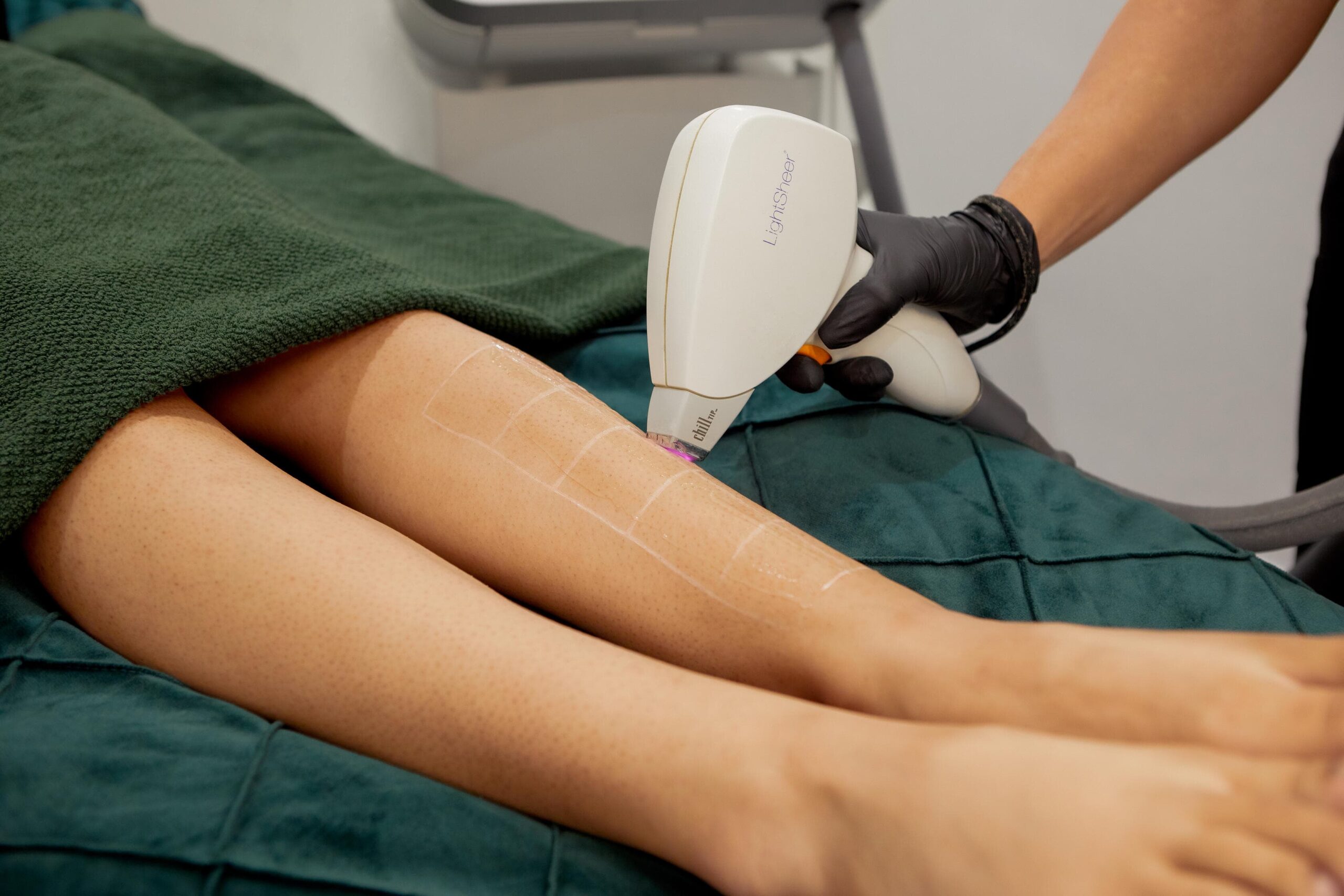Laser hair removal has gained immense popularity as a long-term solution for unwanted hair. It offers a more permanent reduction compared to traditional methods like waxing or shaving. However, one common concern is whether this treatment is safe and effective for all skin types. In this article, we will explore how laser hair removal works, its safety for different skin tones, potential risks, and how to ensure the best results for your specific skin type.
How Does Laser Hair Removal Work?
Laser Hair Removal Dubai works by targeting melanin (pigment) in hair follicles using concentrated light. The laser energy heats the follicle, damaging it to prevent future hair growth. Because the laser is attracted to darker pigments, it has historically worked best on individuals with light skin and dark hair. However, advancements in technology have made laser treatments safer and more effective for a wider range of skin tones.
Safety of Laser Hair Removal for Different Skin Types:
Fair Skin (Fitzpatrick I-II):
Individuals with fair skin and dark hair are ideal candidates for laser hair removal. Devices like the Alexandrite laser (755 nm wavelength) and diode lasers (810 nm) work well on these skin types, offering effective hair reduction with minimal risks.
Medium to Olive Skin (Fitzpatrick III-IV):
For individuals with medium to olive skin tones, diode lasers and Nd:YAG lasers (1064 nm) are preferred. These lasers penetrate deeper into the skin, bypassing the melanin in the epidermis, reducing the risk of burns and hyperpigmentation.
Dark Skin (Fitzpatrick V-VI):
People with dark skin tones require specialized laser treatments to avoid burns, hyperpigmentation, or scarring. The Nd: YAG laser is the safest option as it targets hair follicles without affecting surrounding pigmented skin. Clinics with expertise in treating darker skin tones are essential to avoid complications.
Potential Risks and Side Effects:
While Laser Hair Removal in Dubai is generally safe, some potential risks and side effects include:
- Skin Irritation – Redness and swelling may occur but usually subside within a few hours.
- Hyperpigmentation – Dark spots can develop if improper laser settings are used, particularly on darker skin tones.
- Hypopigmentation – Light spots may appear if the laser removes pigment from the skin.
- Burns or Blisters – These are rare but can occur if the treatment is done incorrectly or with outdated technology.
- Paradoxical Hair Growth – In rare cases, hair can regrow in treated areas, particularly on the face of women with hormonal imbalances.
Ensuring Safety for Your Skin Type:
Choosing the Right Clinic and Laser:
- Always select a reputable clinic with experienced dermatologists or laser specialists.
- Ensure the clinic offers a variety of laser types, including Nd:YAG for darker skin tones.
- Ask for a patch test to see how your skin reacts to the laser before committing to a full session.
Pre-Treatment Precautions:
- Avoid sun exposure before and after treatments to reduce the risk of pigmentation issues.
- Shave the area before treatment rather than waxing or plucking, as the laser targets hair roots.
- Inform your technician of any medications that may make your skin photosensitive.
Post-Treatment Care:
- Apply soothing creams like aloe vera or prescribed ointments to reduce irritation.
- Avoid excessive heat exposure, such as hot showers, saunas, and sunbathing, for at least 48 hours.
- Use sunscreen regularly to prevent hyperpigmentation.
Alternative Hair Removal Methods for Sensitive Skin:
If laser hair removal is not suitable for your skin type or if you are prone to complications, consider other options:
- Electrolysis – A permanent hair removal method that works on all skin tones but can be time-consuming.
- Epilators – Provide long-lasting results but may cause discomfort.
- Depilatory Creams – Chemical-based creams dissolve hair but may cause skin irritation.
Conclusion:
Laser hair removal is a safe and effective treatment for most skin types when performed correctly. Advances in laser technology have made it accessible to individuals with darker skin tones, provided the right equipment and expertise are used. Choosing a skilled practitioner, following pre- and post-treatment care, and selecting the appropriate laser for your skin type are crucial for ensuring safety and achieving the best results. If you have concerns, consult a dermatologist to determine the most suitable hair removal method for you.
